Contents
Peppers, like other horticultural crops, require access to nutrients to maintain their development. The need of plants for nitrogen is extremely important, which contributes to the formation of the green mass of the plant. Feeding peppers with urea helps to fill the deficiency of this element. Processing is carried out at each stage of development of peppers and is supplemented with other types of dressings.
Signs of nitrogen shortage
Peppers need a supply of nitrogen to function properly. This component is contained in the soil, however, its quantity is not always enough for the development of plants.
Nitrogen deficiency can be present in any type of soil. Its deficiency is noticeable in spring, when the formation of nitrates is still slowed down at low temperatures.
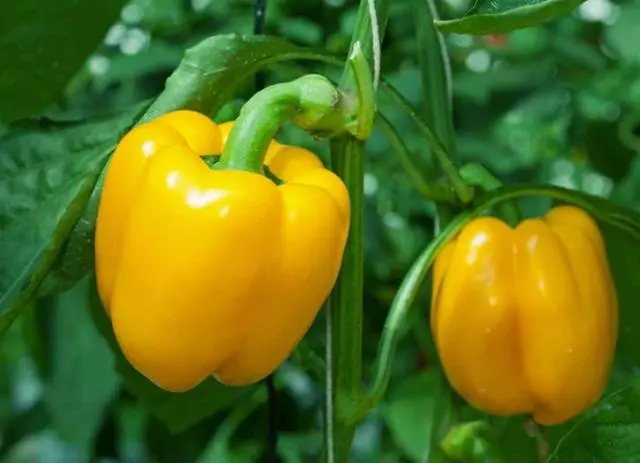
The lack of nitrogen in peppers is detected by certain signs:
- slow growth;
- small leaves with a pale color;
- thin stems;
- yellowing of foliage at the veins;
- small fruits;
- premature fall of leaves;
- curved fruits.
When such symptoms appear, peppers are treated with substances containing nitrogen. In this case, the established proportions must be observed in order to avoid oversaturation.
Excess nitrogen can be determined by a number of manifestations:
- slow growth of peppers;
- dark green leaves;
- thick stems;
- a small number of ovaries and fruits;
- susceptibility of plants to diseases;
- long term fruit ripening.
With an excess supply of nitrogen, all the forces of peppers go to the formation of stems and foliage. From this, the appearance of ovaries and fruiting suffer.

Urea properties
The main source of nitrogen for peppers is urea. Its composition includes up to 46% of this element. Urea is produced in the form of white granules, highly soluble in water.
When using urea, soil oxidation occurs. However, this process is not as pronounced as when using ammonium nitrate and other substances. Therefore, urea is more preferable when caring for peppers. This applies to both watering the soil and spraying plants.
The substance does not lose its properties on any type of soil. After hitting the moistened ground, the compound is strengthened and becomes less prone to leaching. Fertilizer is sprinkled with earth to avoid loss of nitrogen.
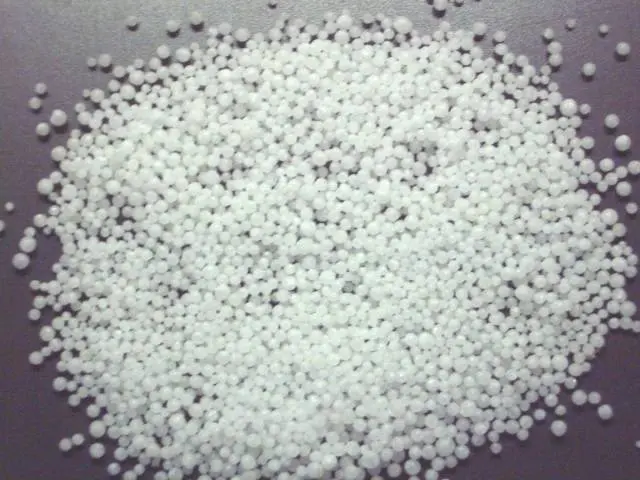
Under the influence of bacteria present in the soil, urea is converted into ammonium carbonate in a few days. This substance decomposes rapidly in air. The transition process is quite slow, so the peppers have enough time to saturate with nitrogen.
How to use urea
Carbamide is used as the main type of fertilizer for peppers, and as a top dressing. Watering is done in small doses. When mixing the solution, it is important to observe the proportions of the constituent substances in order to avoid oversaturation of the soil with nitrogen.
An excess of urea in close proximity to the planted seeds adversely affects their germination. This effect can be neutralized by creating a layer of soil or applying fertilizers and potassium.
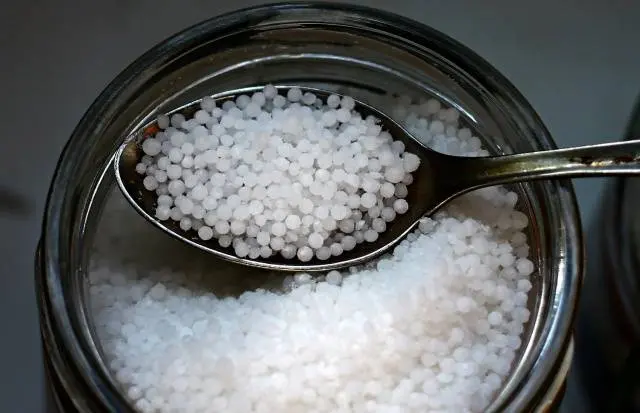
Cloudy weather is best for processing. This is especially true for spraying peppers. Otherwise, under the sun’s rays, the plants will get a serious burn.
The substance is mixed with other minerals, if you need to get fertilizer for the soil. Adding components is possible only in dry form. If superphosphate is added to urea, then its acidity must be neutralized. Chalk or dolomite will cope with this task.
After watering, you need to analyze the condition of the peppers. With this in mind, the proportions of the constituent components are adjusted.
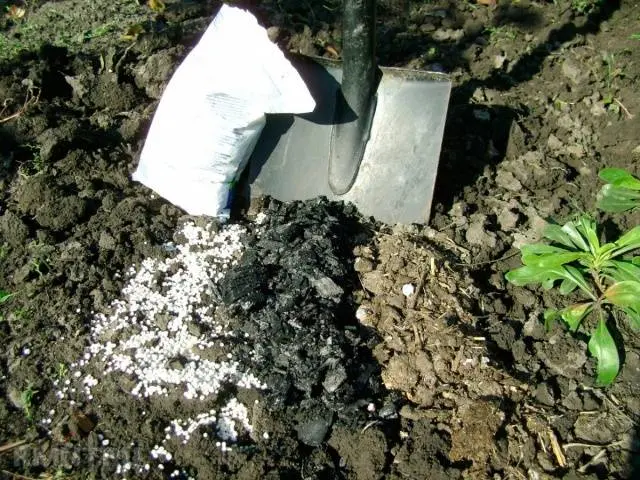
When working with urea and other mineral fertilizers, a number of rules must be observed:
- to prepare the solution, separate dishes are required, which are not used anywhere in the future;
- the substance is stored in vacuum packaging;
- if the fertilizer has been stored for too long, then it is passed through a sieve before processing the peppers;
- substances are placed in the soil in such a way as to avoid contact with roots and other parts of plants;
- with a lack of nitrogen, the application of fertilizers based on phosphorus and potassium will be ineffective, therefore all components are used in combination;
- if organic top dressing is additionally applied, then the content of mineral fertilizers is reduced by a third.
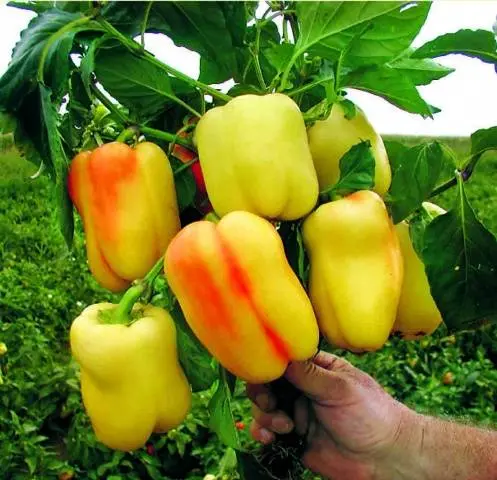
Stages of feeding with urea
Urea treatment is carried out at all stages of development of peppers. Nitrogen saturation is especially important when growing seedlings. In the future, its intake is reduced, and other nutrients are added – potassium, phosphorus, calcium.
Soil Preparation
Peppers prefer light, loose soil with a porous structure. This type of soil provides access to moisture and air. For the development of plants, the content of microelements (nitrogen, potassium, phosphorus, iron) and beneficial microflora in the soil is important.
Peppers grow well in neutral soil, as it reduces the likelihood of developing blackleg and other diseases.
For seedlings of pepper, soil is taken, consisting in equal parts of peat, earth, sand, humus. Before planting, you can add a glass of ash to the soil.
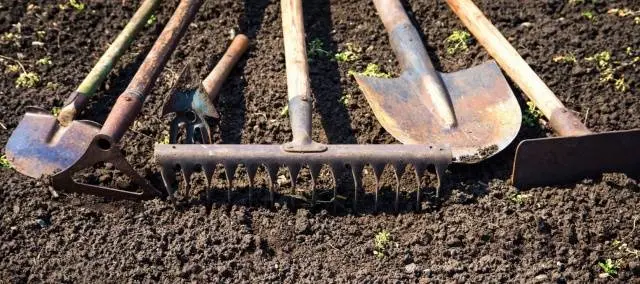
To increase the fertility of loamy soil, sawdust and manure are added to it. For 1 sq. m of soil sufficient one bucket of sawdust and manure. Add one bucket of sand and sawdust to clay soil. The addition of humus and soddy soil helps to improve the properties of peat soil.
Additionally, before planting plants in the ground, you need to add a complex of substances:
- superphosphate – 1 tbsp .;
- wood ash – 1 glass;
- potassium sulfate – 1 tbsp. L.;
- carbamide – 1 tsp
Such a complex feed will provide the peppers with the necessary substances. After adding the mixture, the soil is dug up to make beds up to 30 cm high. After leveling the surface of the beds, they are watered with a solution of mullein (500 ml of fertilizer is diluted in 10 liters of water).

So that nitrogen is preserved in the soil, it is buried deeper. Part of the fertilizer can be applied in the autumn, however, urea is added in the spring, closer to planting time.
Treatment of seedlings
First, peppers are grown in small containers, after which the seedlings are transferred to a greenhouse or open space. Seeds should be planted 90 days before moving plants to a permanent location. Usually this is mid-February – early March.
To improve the germination of seeds, they are wrapped in a damp cloth, after which they are left warm for several days.
When the first shoots appear, they are treated with urea. This requires an aqueous solution containing urea and potassium permanganate. Spray the solution onto the leaves with a spray bottle.
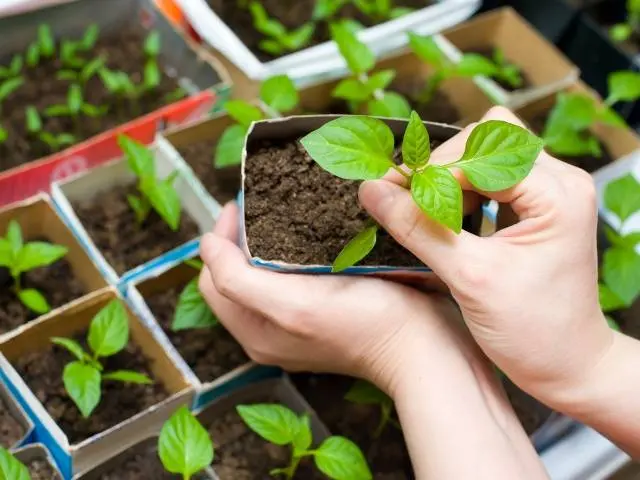
For the treatment of peppers, melted or settled water is used. Its temperature should not be too low, otherwise the peppers will start to hurt and die.
The first top dressing is performed when the second leaf appears on the peppers. Additionally, you can feed the plants with superphosphate and potassium solution. After 2 weeks, a second treatment is performed when the peppers release a third sheet.
Periodically, the earth in containers needs to be loosened. So, the ability of the soil to pass moisture and air will improve, as well as absorb nitrogen from urea. The room with seedlings is periodically ventilated, but without creating drafts.
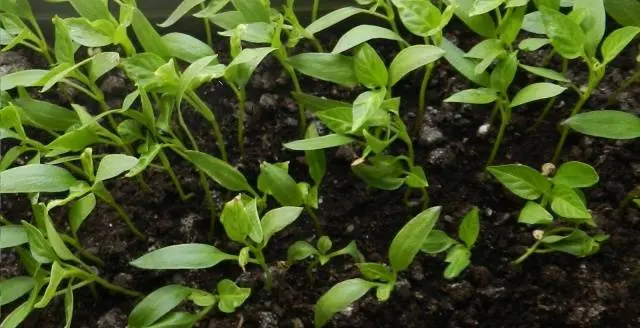
Procedures after disembarkation
After transferring peppers to a greenhouse or soil, you need to provide them with constant top dressing. Prior to flowering, the plant’s need for nitrogen increases. With its deficiency, further plant growth is impossible.
Warm water is used to fertilize peppers with urea. To do this, water containers are left in the sun so that they warm up well, or they are brought into a greenhouse.
The first top dressing with urea is performed 10 days after transplanting the plants to a permanent place. During this period, the seedlings will get stronger and adapt to new conditions.
All components are placed in water and mixed until completely dissolved. Up to 1 liter of water is needed for each bush of peppers. When watering, make sure that the solution does not fall on the leaves.
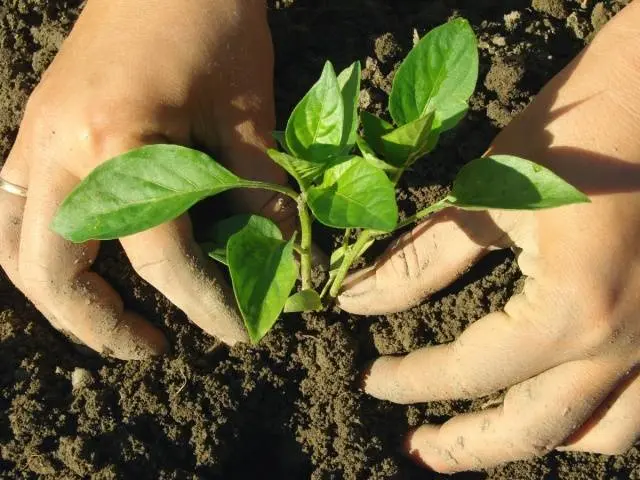
The second dressing is carried out as the peppers grow until the inflorescences appear. During this period, plants require potassium, which contributes to the setting and ripening of fruits.
The second dressing is prepared from the following components:
- potassium salt – 1 tsp;
- carbamide – 1 tsp;
- superphosphate – 2 tbsp .;
- water – 10 l.
Top dressing during flowering
During the flowering period, plants require less nitrogen. Therefore, urea is combined with other minerals. If you feed peppers exclusively with nitrogen, then the plants will direct all their efforts to the formation of foliage and stems.

During flowering, peppers can be fed with the following composition:
- urea – 20 g;
- superphosphate – 30 g;
- potassium chloride – 10 g;
- water – 10 l.
Another option for feeding is a solution of the following substances:
- urea – 1 tsp;
- potassium sulfate – 1 tsp;
- superphosphate – 2 tbsp .;
- water – 10 l.
After the components are dissolved, the composition is used for irrigation. Complex fertilizers are effective in cases where it is difficult to determine by external signs which elements are lacking in peppers.
The components can be purchased separately and then mixed for a solution. Another option is to buy ready-made pepper fertilizer, where all the elements are already present in the required proportions.
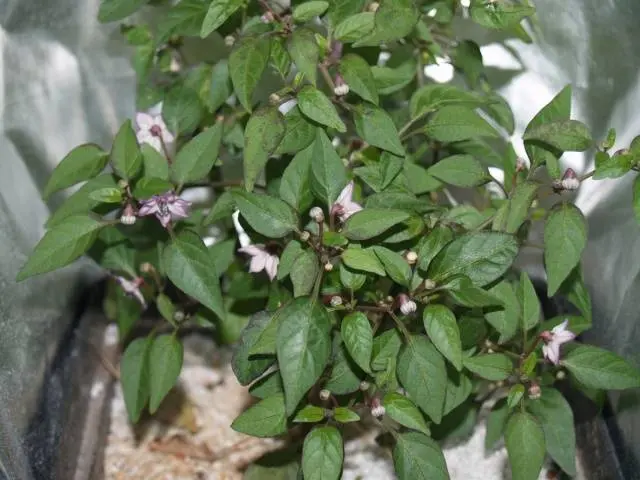
Fertilizer for fruiting
You need to feed the peppers after harvesting the first harvest. For the further formation of the ovary and the development of fruits, plants require complex top dressing:
- urea – 60 g;
- superphosphate – 60 g;
- potassium chloride – 20 g;
- water – 10 l.
During the fruiting period, top dressing is effective, including mineral and organic components.
The following solutions are used to feed peppers:
- urea – 1 tbsp. l.;
- mullein – 1 l;
- chicken manure – 0,25 l.
The resulting solution is left for 5-7 days to let it brew. For 1 sq. m beds with peppers require 5 liters of such fertilizer. Top dressing with organic substances is recommended if the plants were previously treated with mineral components.
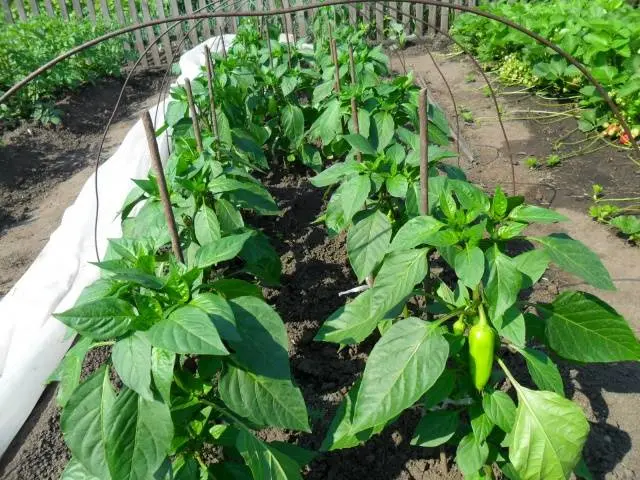
If the growth of peppers has slowed down, the flowers fall and the fruits are curved, then additional feeding is allowed. There should be at least a week between treatments.
Additionally, ash is added under the peppers in the amount of 1 cup per 1 sq. m. The absence of complex fertilizer reduces the number of ovaries and leads to the fall of inflorescences.
Foliar top dressing
A mandatory step in the care of peppers is foliar top dressing. It is carried out by spraying the leaves of the plant with special solutions.
Through the leaves, the absorption of nutrients proceeds much faster compared to applying fertilizer under the root. You can notice the results of the procedure after a few hours.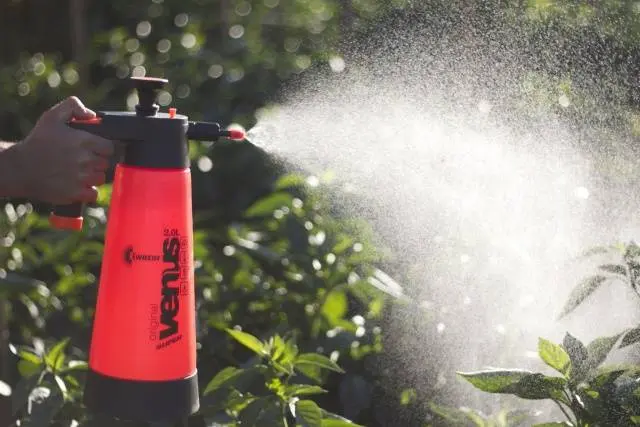
Spraying is especially effective when peppers are depressed and lack nitrogen and other nutrients.
For foliar processing, less consumption of components is required than for irrigation. All trace elements are absorbed by the leaves of peppers, and do not go into the soil.
For spraying peppers with urea, a solution of a weaker concentration is prepared than for root dressing. The procedure is carried out in the evening or in the morning to prevent the burn of plant leaves under the sun’s rays.
If you need to stimulate plant growth, then 10 tsp is diluted per 1 liters of water. urea. For work, a spray gun with a small nozzle is used.
It is possible to spray with urea at the beginning of the flowering of peppers and throughout the entire period of fruiting. Up to 14 days should elapse between treatments.
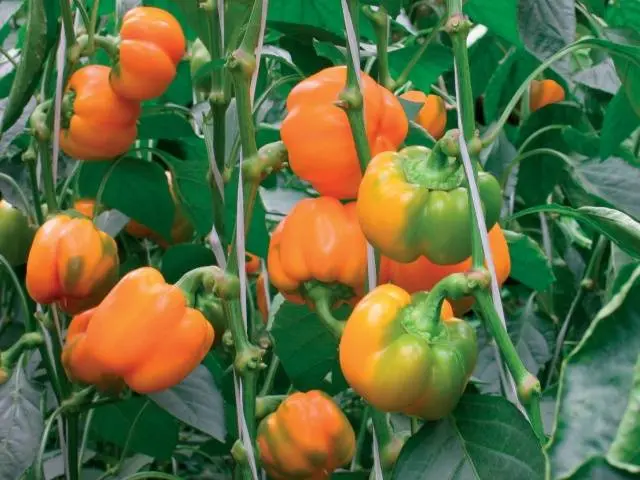
Conclusion
Urea serves as the main fertilizer supplying peppers with nitrogen. Processing of plants is required at all stages of their life. When performing work, the established norms must be observed in order to avoid burns on plants and excess nitrogen. Urea is applied to the soil or added to liquid fertilizers.
Urea dissolves well in water and is quickly absorbed by plants. The substance is used in combination with other mineral and organic fertilizers. To get a good harvest, you need to carry out root dressing and spraying peppers. It is necessary to carry out work in cloudy weather and the absence of hot sunlight.









